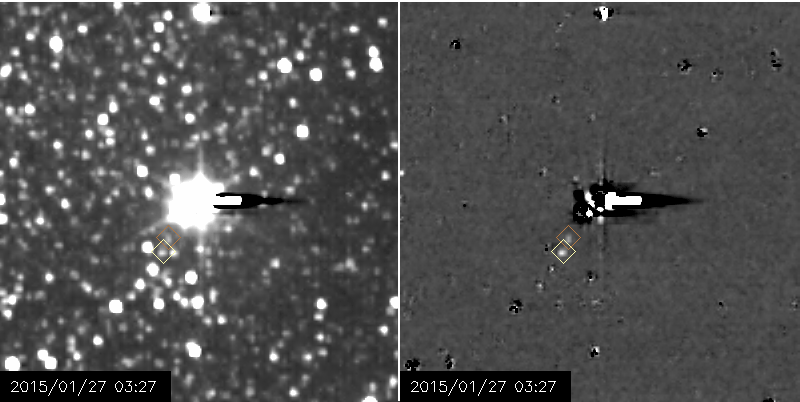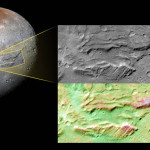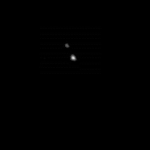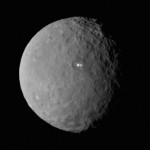NASA’s New Photos of Pluto’s Moons
The moons Nix and Hydra are visible in a series of images taken by the New Horizons spacecraft from Jan. 27-Feb. 8, at distances ranging from about 125 million to 115 million miles (201 million to 186 million kilometers).
The long-exposure images offer New Horizons’ best view yet of these two small moons circling Pluto which Tombaugh discovered at Lowell Observatory in Flagstaff, Arizona, on Feb. 18, 1930.(Scroll Down for Video)
“Professor Tombaugh’s discovery of Pluto was far ahead its time, heralding the discovery of the Kuiper Belt and a new class of planet,” says Alan Stern, New Horizons principal investigator from Southwest Research Institute, Boulder, Colorado.
“The New Horizons team salutes his historic accomplishment.”
“It’s thrilling to watch the details of the Pluto system emerge as we close the distance to the spacecraft’s July 14 encounter,” says New Horizons science team member John Spencer, also from Southwest Research Institute. “This first good view of Nix and Hydra marks another major milestone, and a perfect way to celebrate the anniversary of Pluto’s discovery.”
These are the first of a series of long-exposure images that will continue through early March, with the purpose of refining the team’s knowledge of the moons’ orbits. Each frame is a combination of five 10-second images, taken with New Horizons’ Long-Range Reconnaissance Imager (LORRI) using a special mode that combines pixels to increase sensitivity at the expense of resolution. At left, Nix and Hydra are just visible against the glare of Pluto and its large moon Charon, and the dense field of background stars.
The bright and dark streak extending to the right of Pluto is an artifact of the camera electronics, resulting from the overexposure of Pluto and Charon. As can be seen in the movie, the spacecraft and camera were rotated in some of the images to change the direction of this streak, in order to prevent it from obscuring the two moons.








